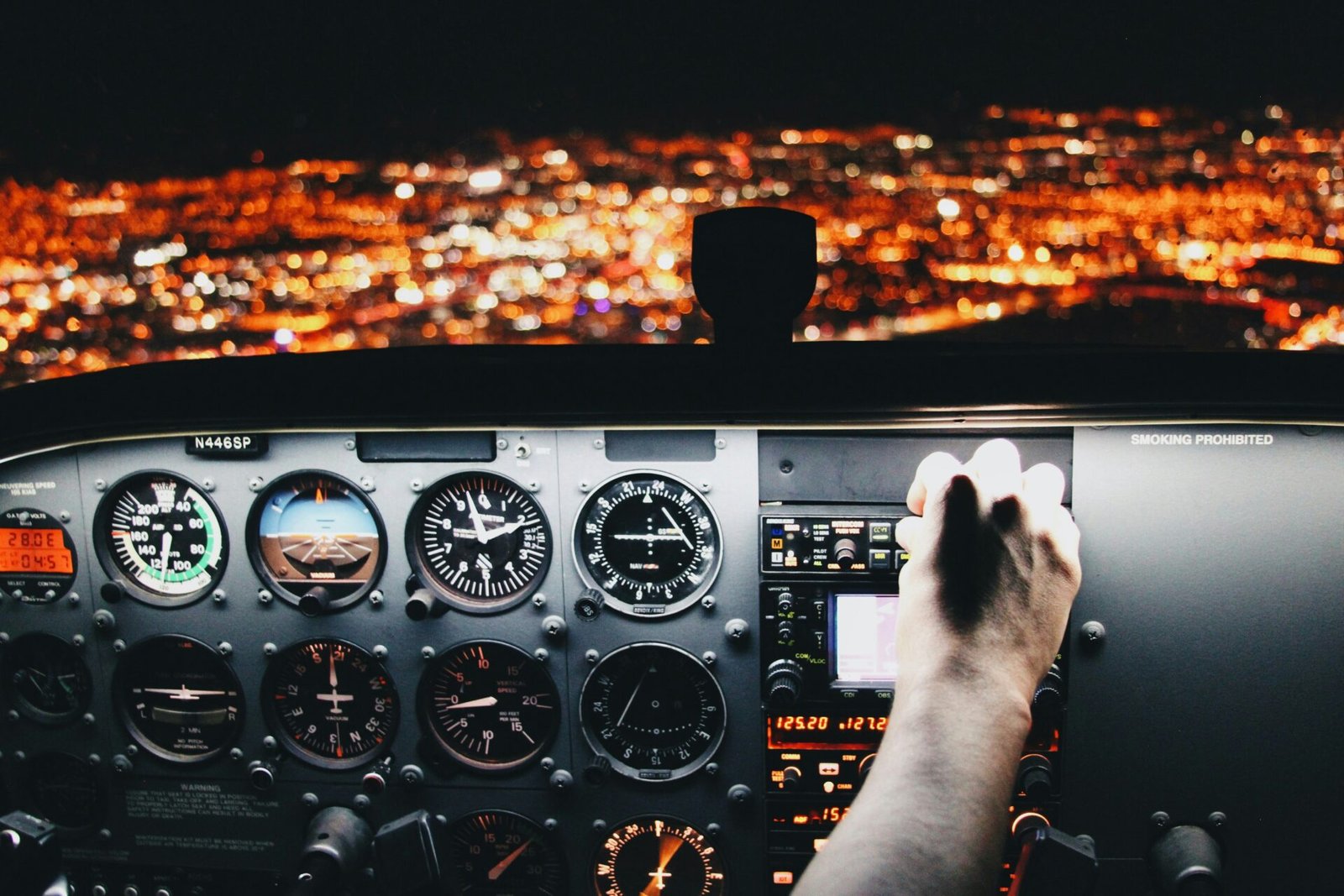Flying remains the safest form of travel, but that fact doesn’t make periodic aviation accidents any less tragic.
In 2025, the world saw several such accidents, including the first catastrophic commercial failure involving a Boeing 787 Dreamliner (the Air India crash in June that killed 270 people in the air and on the ground) and a rare midair collision over the skies of Washington, D.C. that killed 67 passengers.
If we accept the premise that every aviation-related death is unacceptable, then we must admit that we can do better. Like ambitious “zero deaths” visions for highway safety, we should dare to imagine a world where no one is cut down because they chose to board a plane.
Far-fetched as it sounds, rapid advances and technology and rigorous, evidence-based practice can and will get us closer to this vision. Here’s how.
More Emphasis on Flight Simulation Earlier in Training
Experts say one overlooked reason air travel is so safe today is that manufacturers (taking direction from regulators) have learned from past tragedies.
“The not-so-obvious reason our aircraft are so reliable is a continuous feedback loop: when an accident happens, we study the causes, and we make physical and mechanical changes to the planes involved,” says jet-rated pilot (and serial tech investor and entrepreneur) Sky Dayton.
But there’s a catch.
“We don’t have the same kind of feedback loop in pilot training,” Dayton says. “As a result, we’ve reached a point where the vast majority of aviation mishaps are caused by human error.”
Dayton and others argue that pilot training should flip the current script, which — counterintuitively — begins with real-life flight lessons and then moves to simulation. Starting with simulated flight could give budding pilots more confidence when they first sit down in a real cockpit, Dayton says.
Better “Sim” Technology
Better simulation technology will accelerate this new approach, Dayton and other experts say.
After years of iterative improvements, flight simulators have become much more realistic and effective in recent years, mirroring general advancements in augmented reality and high-performance computing. Modern simulators can train pilots on a much wider range of scenarios they’re likely to encounter in flight (and that have led directly to tragedies in the past).
Standardized Training Curriculum (Within Reason)
In its final report on the last major U.S. air disaster before the D.C. collision this year, a commuter jet crash near Buffalo, New York, the National Transportation Safety Board faulted the pilots.
“Both pilots overlooked low airspeed cues and indications on the primary flight displays,” Aviation International News reporter Stuart Lau said. “As the airspeed continued to decay, the captain improperly responded to an impending aerodynamic stall by overriding the stick shaker, pulling aft on the control column, which led to a complete loss of control of the aircraft.”
In other words, the pilots may have landed safely if only they’d listened to the plane.
The irony of this conclusion, Dayton notes, is that both pilots had far more training hours than the minimum required. It’s fair to ask, then, whether the quality of their training was up to par.
The answer could lie in a more standardized training curriculum that leverages learnings from past aviation mishaps and — again — takes advantage of increasingly powerful aviation simulators. But as the Buffalo disaster hints, a “paint by numbers” approach to pilot training may prove ineffective.
More and Smarter Investment in Air Traffic Control
One of the questions aviation experts asked after the D.C. midair collision is whether regional air traffic controllers were to blame, or even U.S. aviation regulators as a whole. Watchdogs have long warned that U.S. air traffic control professionals are overworked and understaffed; it makes sense that cracks would begin to show in the congested and heavily restricted skies around D.C.
This question deserves more nuance than armchair pundits would like, but the bottom line is that American aviation authorities and their counterparts around the world probably do need to invest more in air traffic control. This isn’t a problem we can automate away, at least not anytime soon.
Global Safety Standards for Airport Zones
It is taken as gospel in the United States and many other countries that one does not build over a certain height along runway approaches, and that planes taking off and landing avoid sky-scraping districts.
Unfortunately, these standards are not universal, or at least not followed as they should be. The problem is most noticeable in fast-growing countries and regions where the political imperative to raise living standards for a burgeoning population clashes with the need to keep everyone safe. Such a dynamic may have worsened the recent Air India tragedy. There, the doomed plane crashed into a large, uncharacteristically tall building not far from the runway, killing more than two dozen people on the ground.
Air Safety Is Not Up for Debate
Like other forms of risk mitigation, aviation safety is not only a moral imperative. It’s also good business for airlines, aircraft manufacturers, firms throughout the aviation supply chain and any enterprise that spends on business travel.
Crass as it may be to acknowledge, it’s telling that stock in Boeing — one of the world’s biggest and most respected companies — fell more than 5% in the hours after the recent Air India crash. Investors like safety, too.
Fortunately, we have the tools, technologies and practices to make aviation even safer than it already is. It’s up to the people who power this industry to embrace them.
Image: Unsplash, Chris Leipelt












